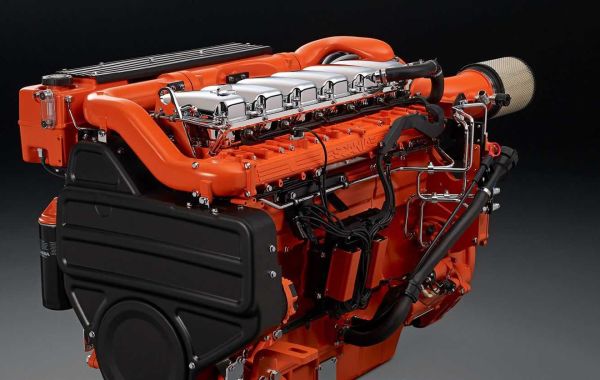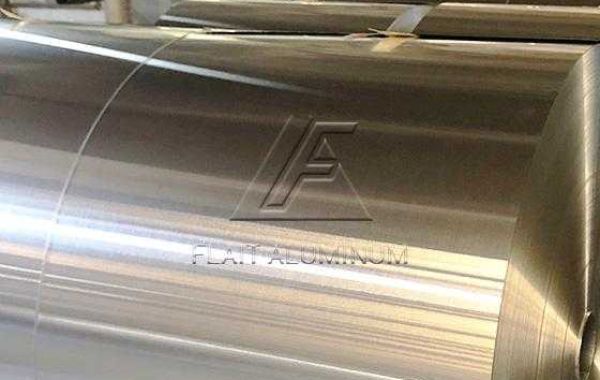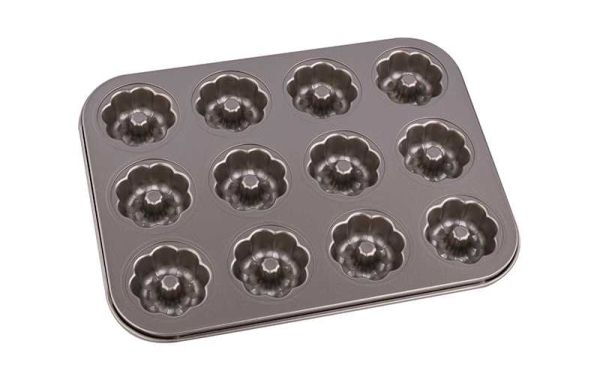Diesel engines are renowned for their durability and efficiency, powering everything from heavy-duty trucks to generators and ships. Understanding how a diesel engine works not only highlights its impressive capabilities but also highlights its significance in various industries. In this article, we’ll explore the mechanics of diesel engines, their operation, and the advantages they offer.
Part 1. What is a Diesel Engine?
A diesel engine is an internal combustion engine that operates using diesel fuel. Unlike gasoline engines that rely on spark plugs for ignition, diesel engines use compression to ignite fuel. This fundamental difference gives diesel engines their unique characteristics , which contribute to their popularity.
Part 2. The Four-Stroke Cycle
Most diesel engines operate in a four-stroke cycle, which includes four key stages: intake, compression, power, and exhaust. Let's break down each stage.
1. Intake Stroke
The cycle begins with the intake stroke. The engine's piston moves down the cylinder, creating a vacuum that draws in air through the intake valve. Unlike gasoline engines, which mix air and fuel during this stage, diesel engines only draw in air, preparing for compression.
2. Compression Stroke
Next comes the compression stroke. The piston moves back up the cylinder, compressing the air to a high pressure and temperature. This compression is crucial; it raises the air temperature to around 500°F (260°C) or higher, making it hot enough to ignite diesel fuel.
3. Power Stroke
Once the air is compressed, fuel is injected directly into the combustion chamber at the peak of the compression stroke. The high temperature of compressed air ignites diesel fuel, causing a rapid expansion of gases. This explosion drives the piston down, generating the power that turns the crankshaft and ultimately powers the vehicle or machine.
4. Exhaust Stroke
After the power stroke, the exhaust stroke begins. The piston moves back up the cylinder, pushing the spent gases out through the open exhaust valve. This clears the combustion chamber for the next cycle to begin.
Part 3. Key Components of a Diesel Engine
Understanding how a diesel engine functions requires recognizing its key components.
- Piston: Moves up and down in the cylinder to compress air and create power.
- Cylinder: Where the combustion process occurs.
- Fuel Injector: Delivers diesel fuel directly into the combustion chamber at high pressure.
- Crankshaft: Converts the up-and-down motion of the pistons into rotational motion to power the vehicle.
- Turbocharger: Improves engine efficiency by forcing more air into the combustion chamber.
Part 4. Advantages of Diesel Engines
1. Fuel Efficiency
Diesel engines are known for their fuel efficiency. They extract more energy from diesel fuel than gasoline engines do from gasoline, making them ideal for long-distance transportation and heavy-duty applications.
2. Torque and Power
Diesel engines generate more torque than their gasoline counterparts, providing better performance for heavy loads. This characteristic makes them the preferred choice for trucks, buses, and industrial machinery.
3. Durability and Longevity
Diesel engines are built to withstand higher levels of stress and heat, resulting in greater durability and longer service life. Many diesel engines can run for hundreds of thousands of miles with proper maintenance.
4. Lower CO2 Emissions
While diesel engines produce more nitrogen oxides and particulates, they generally emit less carbon dioxide than gasoline engines, contributing to a lower carbon footprint in terms of fuel consumption.
Part 5. Pratical Tip to Start Diesel Engine - Use Spring Starter
Using a spring starter can significantly enhance your starting experience. Unlike traditional electric starters, a spring starter relies on mechanical energy stored in a coiled spring. Here’s how it works:
- Energy Storage: The spring is wound up, storing mechanical energy that can be released to power the engine.
- Quick Engagement: When the release mechanism is activated, the stored energy is released rapidly, causing the engine's flywheel to spin and initiate combustion.
- Reliability: Spring starters are particularly effective in cold weather, providing a dependable starting solution when electric starters may struggle.
Benefits of Spring Starters
- Lightweight and Compact: They are compact and take up less space, making them ideal for various applications.
- Lower Maintenance: Spring starters, with fewer moving parts than electric starters, are often less maintenance-intensive and offer greater durability.
- Cost-effective: Over time, spring starters can save you money on maintenance and replacements, making them a smart investment.
In Summary
Understanding how a diesel engine works reveals the intricate processes that enable it to deliver power and efficiency. From the four-stroke cycle to the key components that make it function, diesel engines remain a cornerstone of transportation and industry. Their fuel efficiency, torque, durability, and lower carbon emissions position them as a reliable choice for various applications. Whether you're considering a diesel engine for personal use or professional purposes, knowing how it operates can help you appreciate its value and capabilities.








